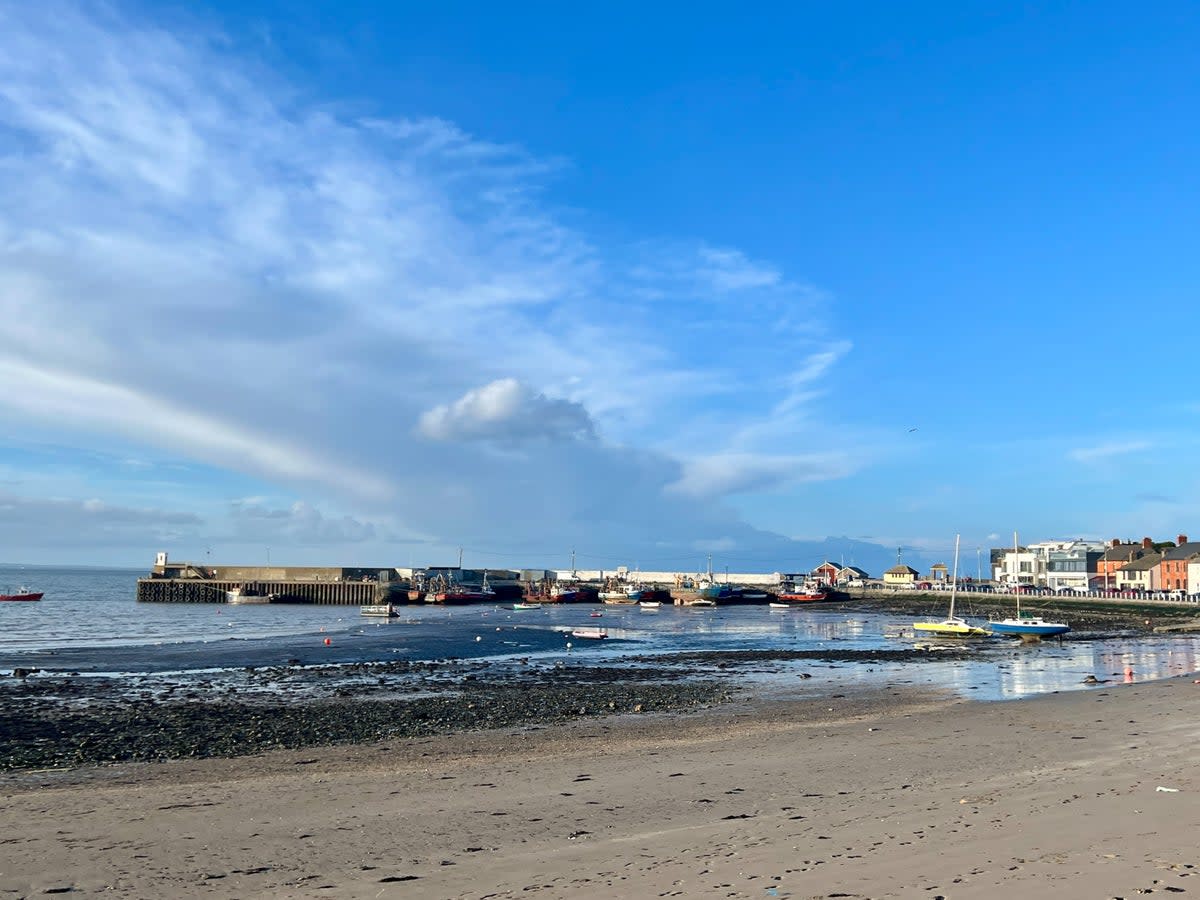Free public transport: a user’s guide

Swifties” attending Taylor Swift’s performances in Sydney this weekend are entitled to free travel to (and from) the gig from anywhere on the New South Wales intercity rail network, as well as on all local public transport.
Zero-cost mobility, whether as appreciated by one-third of a million fans for four nights only or as a broader policy involving the permanent removal of tickets, is a commendable concept.
Four years ago this week, I joined the editors of Europe By Rail, Nicky Gardner and Susanne Kries, for a convivial dinner in Luxembourg City. We were there to celebrate the first nation in the world to abolish fares for trains, trams, buses and even an impressive funicular.
Luxembourg has the twin advantages of being very small and, like Taylor Swift, very rich. Elsewhere in the world, free public transport is still a rare event. Sydney’s rival, Melbourne, the southernmost big city in the world, also has probably the best tram system – and rides are free anywhere in the central area.
The land of the free, America, is also increasingly the land of the free public transport. New York’s Staten Island ferry constitutes a gratis harbour cruise, though the authorities warn: “Be aware of scammers trying to sell tickets.”
In the Lake Nona area of Orlando, Florida, driverless urban transport has arrived in the form of autonomous electric shuttles that take you on free rides around town and into the future.
Detroit’s sole reinvented streetcar is free “sometimes” – yes, that is actually what the timetable says, even though there is no indication of why or when. I was there on a lucky day. And I never pay to travel from Logan airport to anywhere in the centre of Boston. An excellent free bus, known as the Silver Line, runs from the terminals through a secret road tunnel beneath the harbour to South Station: the bus enters a zone which is effectively inside the paid-fare area, so you can transfer to the Red Line of the subway system without a ticket.
In Europe, I enjoy the free ferries in Amsterdam from the “wrong” side of Centraal Station. They potter across the IJ river to Amsterdam Noord, a former industrial zone of reinvention and dramatic street art. And the resort town of Annecy in the French Alps provides free buses throughout July and August, in a bid to reduce the traffic clogging the narrow roads.
Almost everywhere else in Europe, though, the traditional notion remains that you pay your way. Yet in Ireland in the past few days, I have been largely unable to do so. On Thursday afternoon I arrived at Dublin airport, and, as is my practice when heading for the south side of the Irish capital, lined up for the No 16 bus.
So accustomed am I to contactless payment with a credit card that only when I reached the front of the queue did I learn that the €2.60 fare was cash only. My blushes were somehow both spared and intensified by the passenger behind who dipped into her purse to pay my fare. “Pass it on,” she insisted while declining the €5 note I offered.
Next day, fully armed with a variety of euro coins, I set off to board a bus to the top end of the Dublin Coastal Trail: the fishing village of Skerries. I misjudged my stroll, and as I approached the stop, the double-decker set off. For the next half-mile I sprinted like a madman after the bus as it stuttered through a series of traffic lights. Finally I caught up with it and jumped on, breathless. “Just take a seat,” the driver urged before I could extract the coins.
Skerries is a scenic joy, as you can hear if you care to listen to Friday’s podcast from the coast. Reluctantly I walked past the harbourside Blue Bar because I had a train to catch: I wanted to reach Malahide, down the coast, in time to see the handsome castle and gardens before they closed.
But the late afternoon setting of Skerries was so entrancing that I paused to take some photographs. I lingered too long; checking the time as I hurried to the station, I realised that the southbound train was due in 30 seconds and the platform was still 300 metres away. Impossible, clearly – except that a passing motorist somehow worked out what was happening, stopped, opened the passenger door and drove me to the platform. I made it with seconds to spare.
“You’re an angel,” I said as I sprinted from the car – and I miraculously arrived in Malahide 14 minutes later, in time for the final flourish of daylight. I vow to pass on my inadvertent good fortune: so, if you are hurrying for a train and see me driving, flag me down – or invite me to pay your way on the bus, as well as mine.
Simon Calder, also known as The Man Who Pays His Way, has been writing about travel for The Independent since 1994. In his weekly opinion column, he explores a key travel issue – and what it means for you


